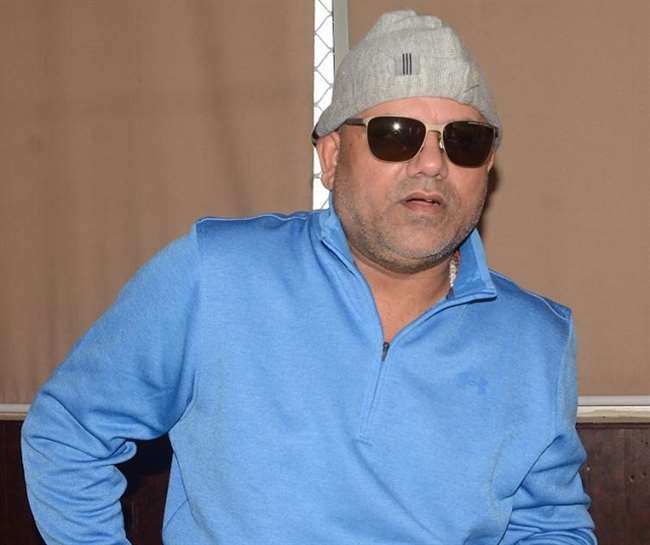In the world of cricket, talent often battles against the unpredictable nature of fate. While some players rise to legendary status, others, despite their immense potential, fade into the background, remembered only by a few. One such story is that of Gyanendra Pandey, a cricketer whose promising career was limited to just two One Day Internationals (ODIs) for India, despite his brilliance in domestic cricket.
The Rise of a Promising All-Rounder
Gyanendra Pandey was not just an ordinary cricketer. Born in Uttar Pradesh, he was a left-handed batsman and a left-arm orthodox spinner, who made a name for himself in domestic cricket with both bat and ball. His performances were nothing short of spectacular. In his domestic career, Pandey played 97 Ranji Trophy matches, amassing 4,425 runs and claiming 148 wickets. He also took 254 wickets in 199 first-class and List A matches combined, solidifying his reputation as one of the best all-rounders in the country at the time.
Pandey’s consistent performances caught the attention of the national selectors. In 1999, he was included in the Indian squad for the Coca-Cola Cup, a triangular series involving Pakistan and Sri Lanka. This was a significant moment for Pandey, who had worked tirelessly to earn his place in the team. With big names like Sourav Ganguly, Rahul Dravid, and Mohammad Azharuddin in the dressing room, it seemed that Pandey was on the brink of achieving something great.
A Brief International Stint
Pandey made his ODI debut for India against Pakistan in January 1999. However, his time in the international arena was short-lived. He played only one more match before being dropped from the team. Despite his domestic success, Pandey struggled to make an impact at the international level, and his career with Team India ended almost as quickly as it had begun.
The What-Ifs and the Missed Opportunities
Pandey’s story is filled with what-ifs and missed opportunities. His performances in domestic tournaments like the Duleep Trophy, Deodhar Trophy, and the Challenger Trophy were outstanding. He had shown his mettle by taking key wickets and scoring crucial runs against some of the best players in the country. Yet, his international career never took off.
In an interview, Pandey recalled how he dismissed players like Robin Singh and Amay Khurasiya in the Challenger Trophy and took two wickets for 26 runs for India-A, which led to his call-up to the national team. However, when the opportunity to play in a Test series against New Zealand came up later that year, Pandey was overlooked. The then BCCI secretary, Jaywant Lele, reportedly did not approve his selection. Pandey believes that this decision was influenced by factors beyond cricketing performance.
Struggles with the System
Pandey’s reflections on his career are marked by a sense of regret and frustration. He admitted that he did not fully understand the politics and intricacies of the selection process. According to Pandey, his inability to navigate these off-field challenges contributed to his early exit from international cricket. “I did not know the tricks. I did not understand how these things work,” he said in an interview. This lack of understanding, combined with the internal politics of cricket administration, ultimately led to his downfall.
Life After Cricket
Today, Gyanendra Pandey’s life is far removed from the cricket field. He works as a Public Relations (PR) agent for the State Bank of India, a far cry from the glory of representing his country in cricket. His story is a stark reminder of how unpredictable and unforgiving the world of sports can be. Talent and hard work are crucial, but they are sometimes not enough to secure a lasting place in the spotlight.
Gyanendra Pandey’s journey through cricket is one of talent, promise, and unfulfilled potential. While his name may not be etched in the annals of Indian cricket history, his story serves as an important lesson for future generations of cricketers. In the end, Pandey’s tale is a poignant reminder that in cricket, as in life, fate often has the final say.


